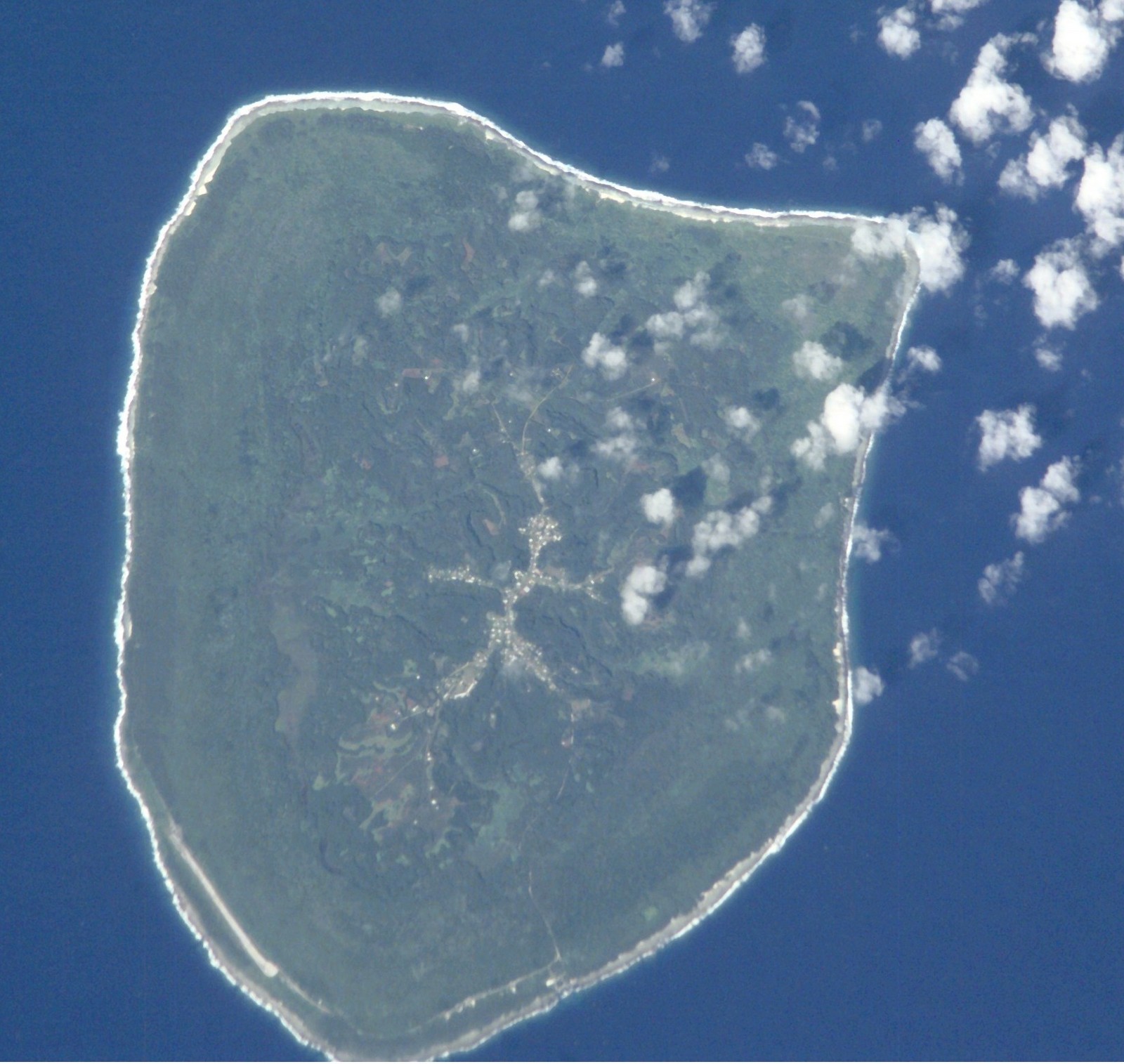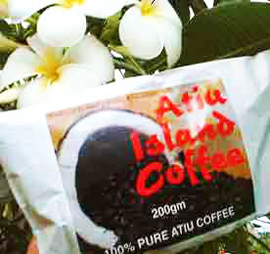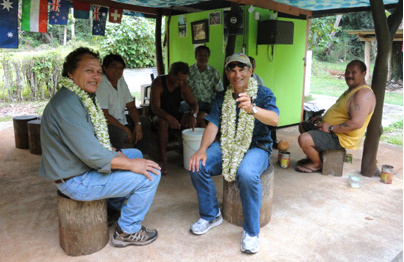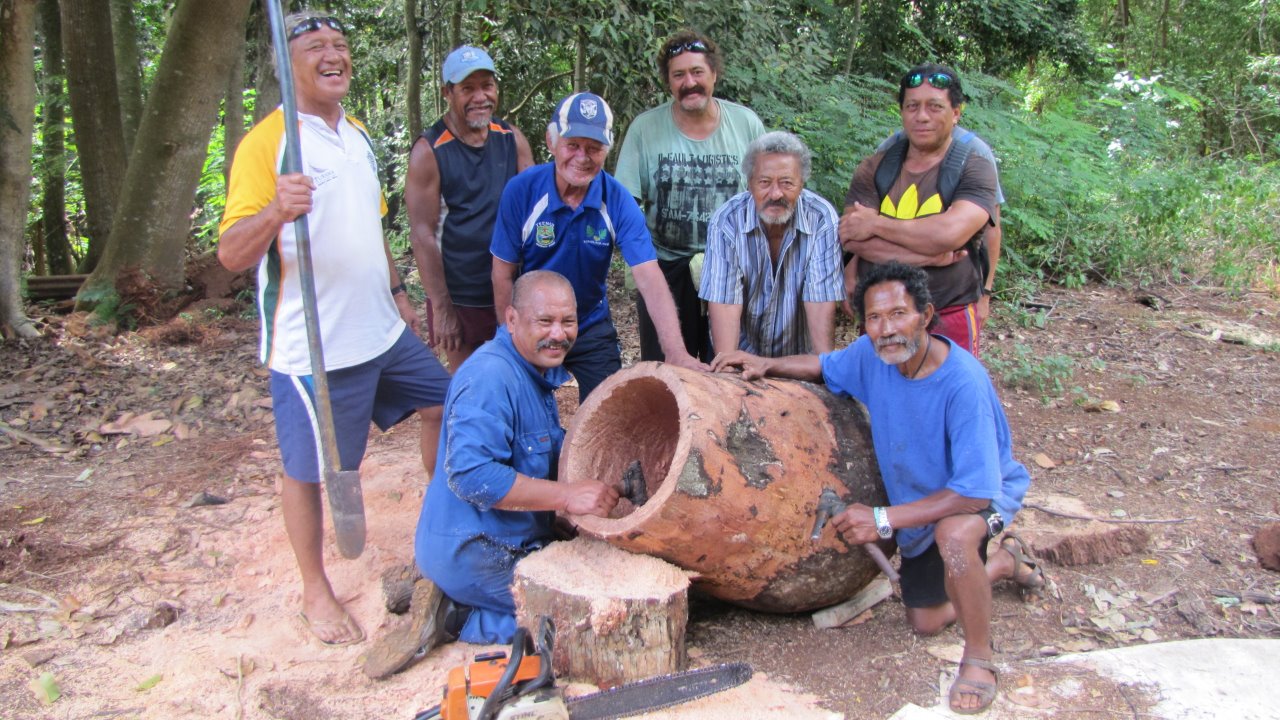GETTING THERE
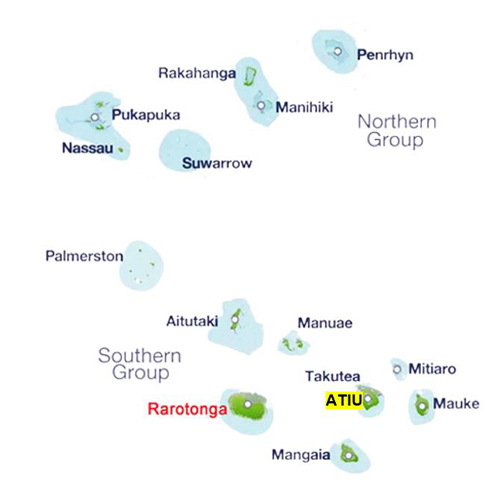
Internal airline, Air Rarotonga operates several flights a weeks from both Rarotonga and Aitutaki. Flying time in each case is 45-50 minutes. And you can easily combine a trip to both islands. When travelling from Aitutaki, your plane passes the country's two uninhabited islands, Manuae and Takutea
WHAT TO EXPECT
Tourism is still in its infancy, and with so few visitors you can expect to treated more like a personal guest. The islanders also want their homeland to be a destination with a difference. Here's how they describe it:
"Atiu has positioned itself as an Eco-Island trying to attract the nature enthusiasts and those seeking a natural unspoilt island. This we do well with caves, secluded beaches, pristine tropical jungle, the weird shaped makatea, little commerce and very friendly people. We are trying to retain our differences from the rest of the world. This is hard to do. At best we are about 35 years behind the modern world and enjoying it. You will notice the refreshing difference"
